Looking to explore what Tasmania had to offer the world of canyoning, a group of us spent a couple of days up in Cradle Mountain, North Western Tasmania.
After an exciting day in Machinery Creek, testing our bodies to see if we could still function in the 10-13 4degrees daytime temps and icy cold water, we decided that Dove Canyon was a possible option for the next day.
Having asked around before the trip, Dove seemed like the ultimate experience: Abseils, jumps, rapids and the famous laundry shute, a 10m slide which takes a 90 degree turn, forcing you into a deep pool. The water, we reasoned, came out of an alpine lake, so it would be a a constant temp all year round.
The morning of, we woke up to ice on our tents, puddles frozen over, and our wetsuits on a clothesline outside, frozen solid, enough to hold them horizontally like a flag.
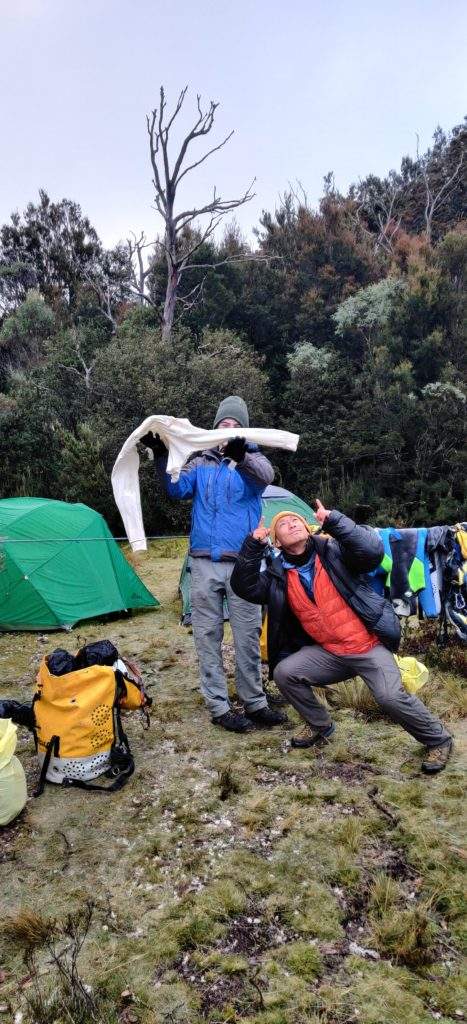
Driving to the cradle mountain visitor centre carpark, we began to defrost out wetsuits and gear, despite there being no sun, and a thin layer of clouds.
Seeing that the wetsuits were still icy after breakfast, it was here that a couple of our team decided the day would be better spent bushwalking, leaving just two of us bold enough to give it an attempt, Lucas and myself.
Hiking into the start of the canyon, we were surprised by the amount of infrastructure, including a wetsuit changing platform and permanent rope pro on the edge.
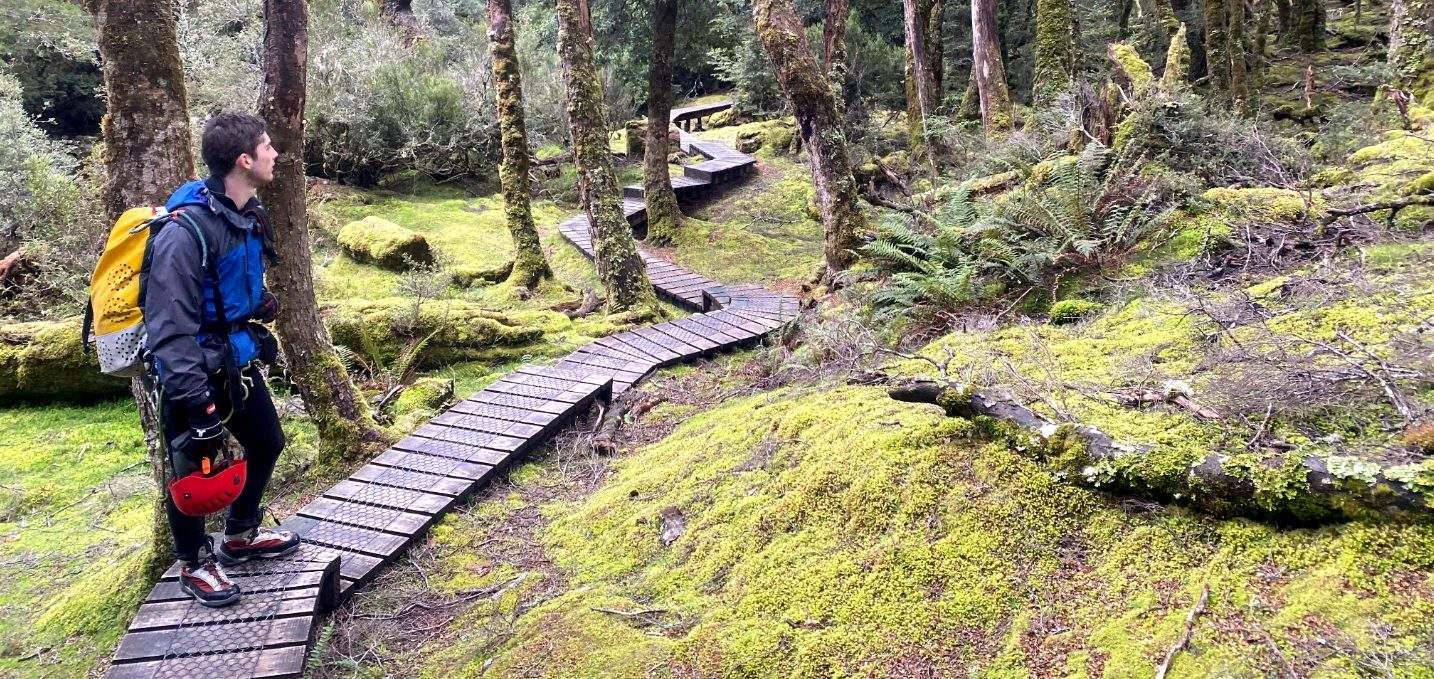
Our wetsuits cracking with ice as we got them on and going over the edge we were keeping an eye out for a river gauge at the bottom, used to see if the river levels were too high to continue, below the red line, chill canyon, above, whitewater skills were required, and you would need previous experience in the canyon to know the dangers of siphons, undercuts etc.
Looking at the gauge, it looked below the line, good to go.
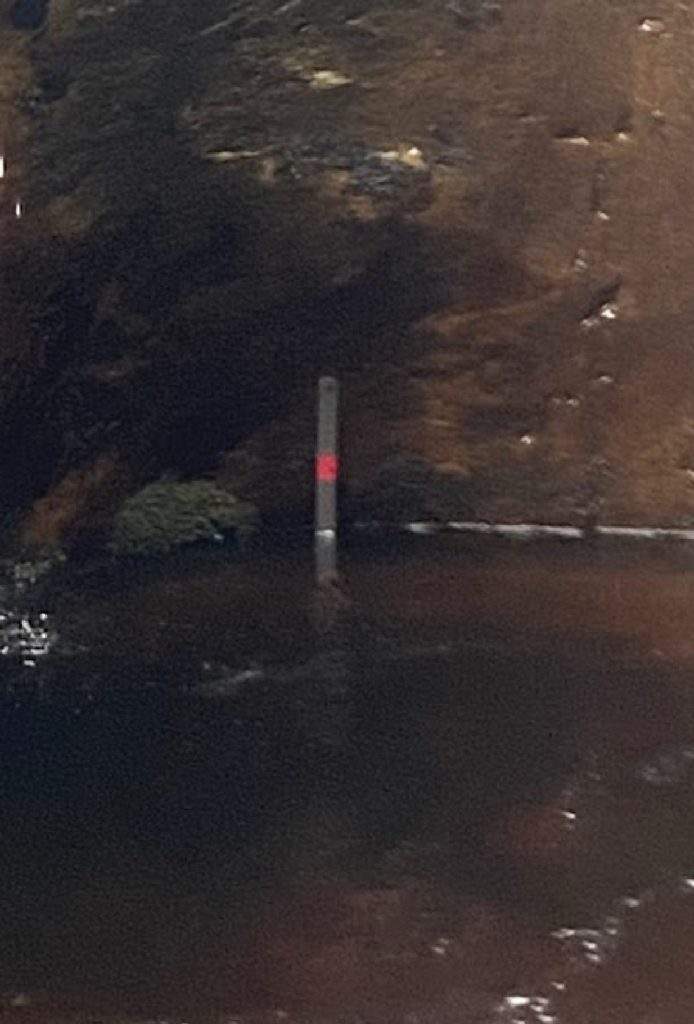
Heading into the canyon we immediately noticed the amount of water, enough to make big eddies and boils in only short 1m drops.
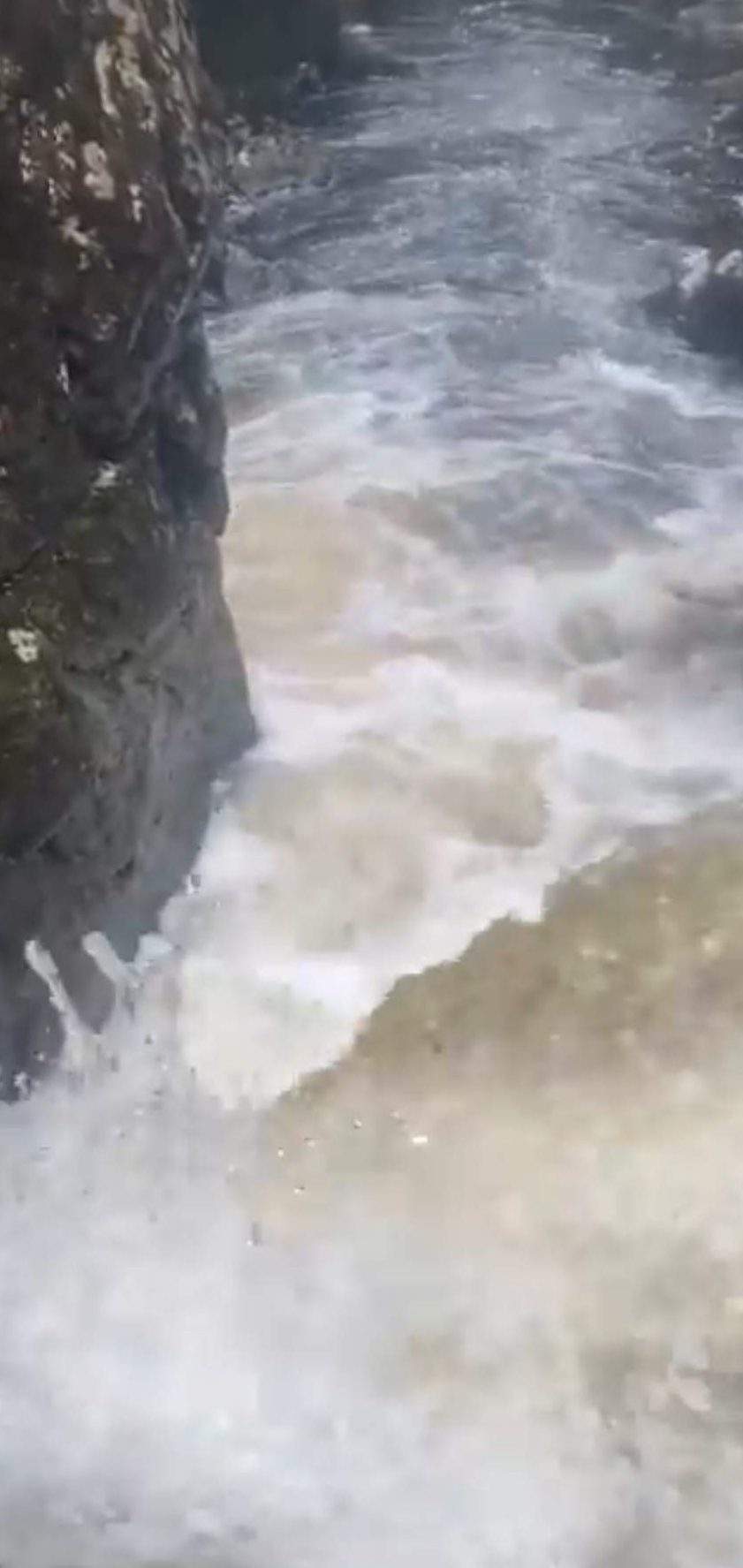
Continuing with reassurance from the river gauge we got to the first possible abseil, a 6m jump, but in these conditions involved jumping over a large boil in the centre of the pool.
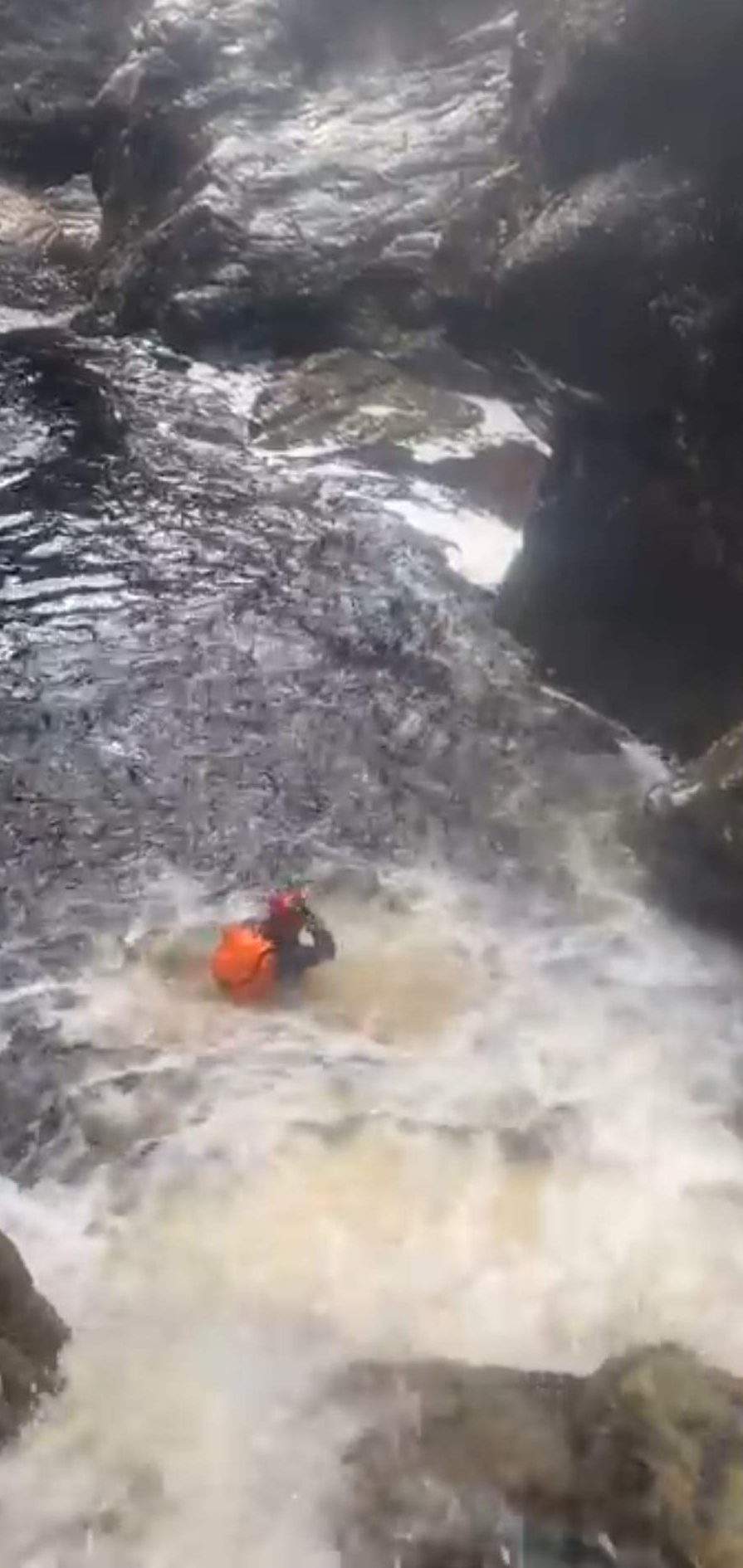
Next was the famous laundry chute, but knowing how deadly it could be we decided to scout it out with a traverse line over a log jam and chockstone. Looking at the exit to the pool, there was a large boil that pushed out from the base of the chute, about 8m to the other side of the pool.
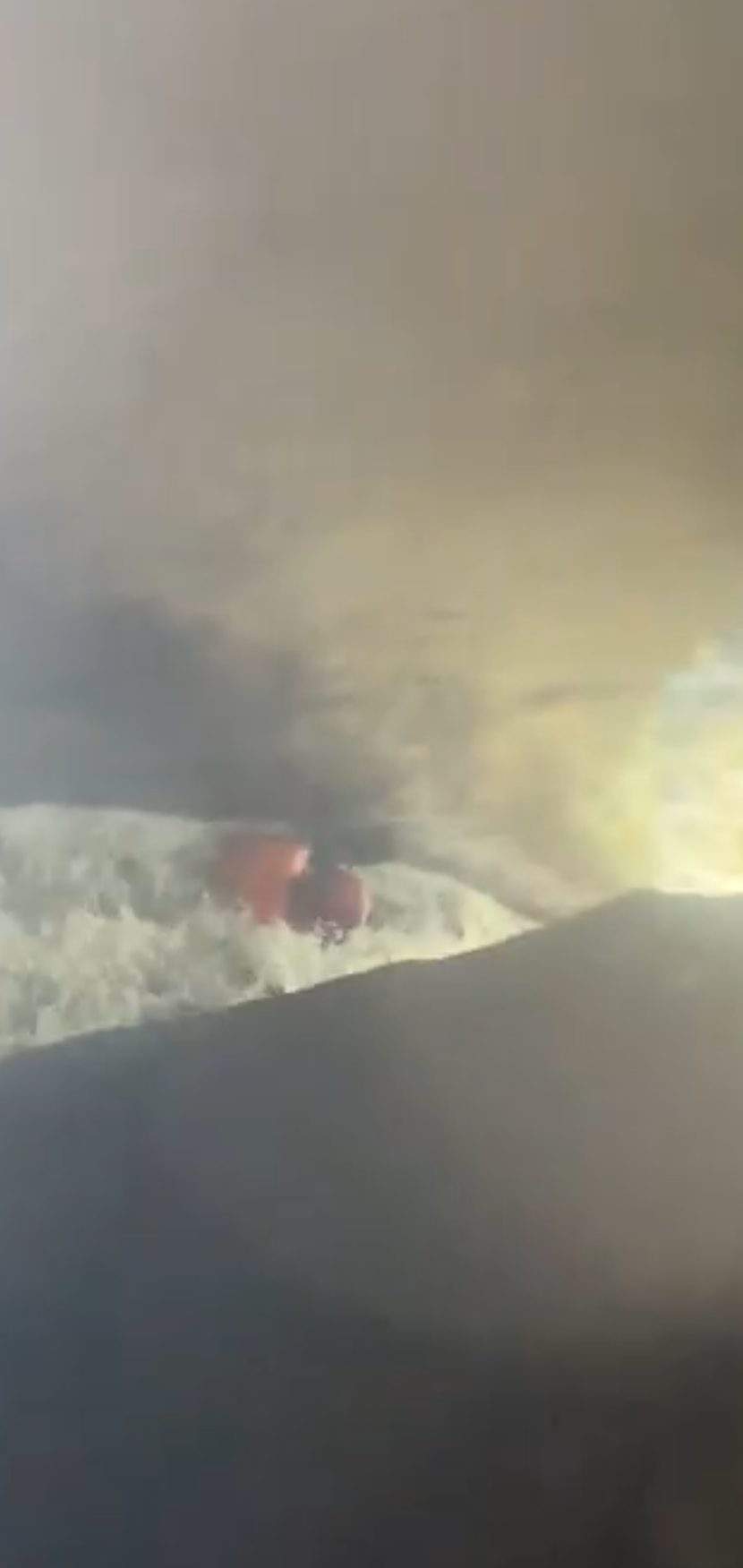
Going through the chute you got shot down to the bottom of the pool, and in the whitewater, floatation of a bag was a necessity.
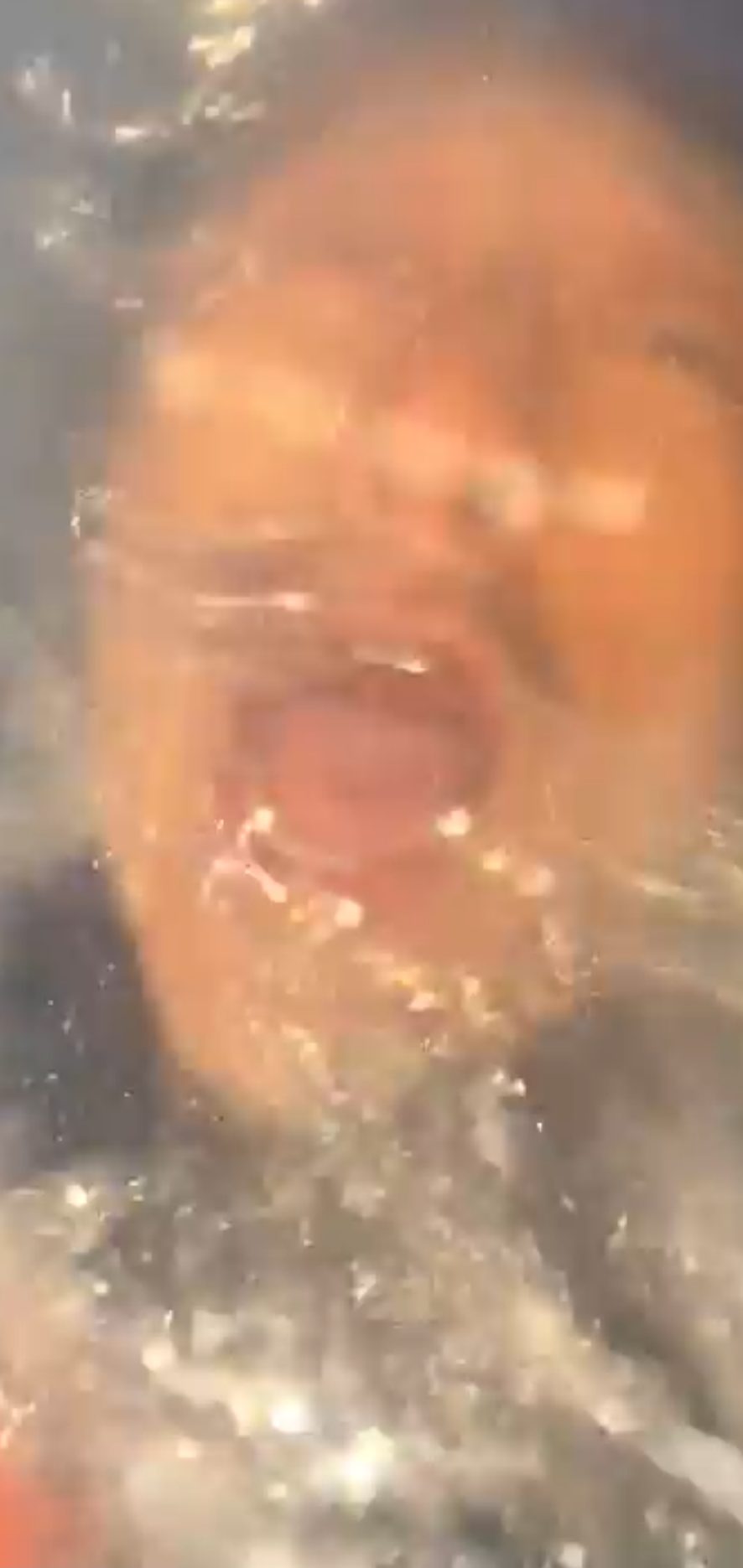
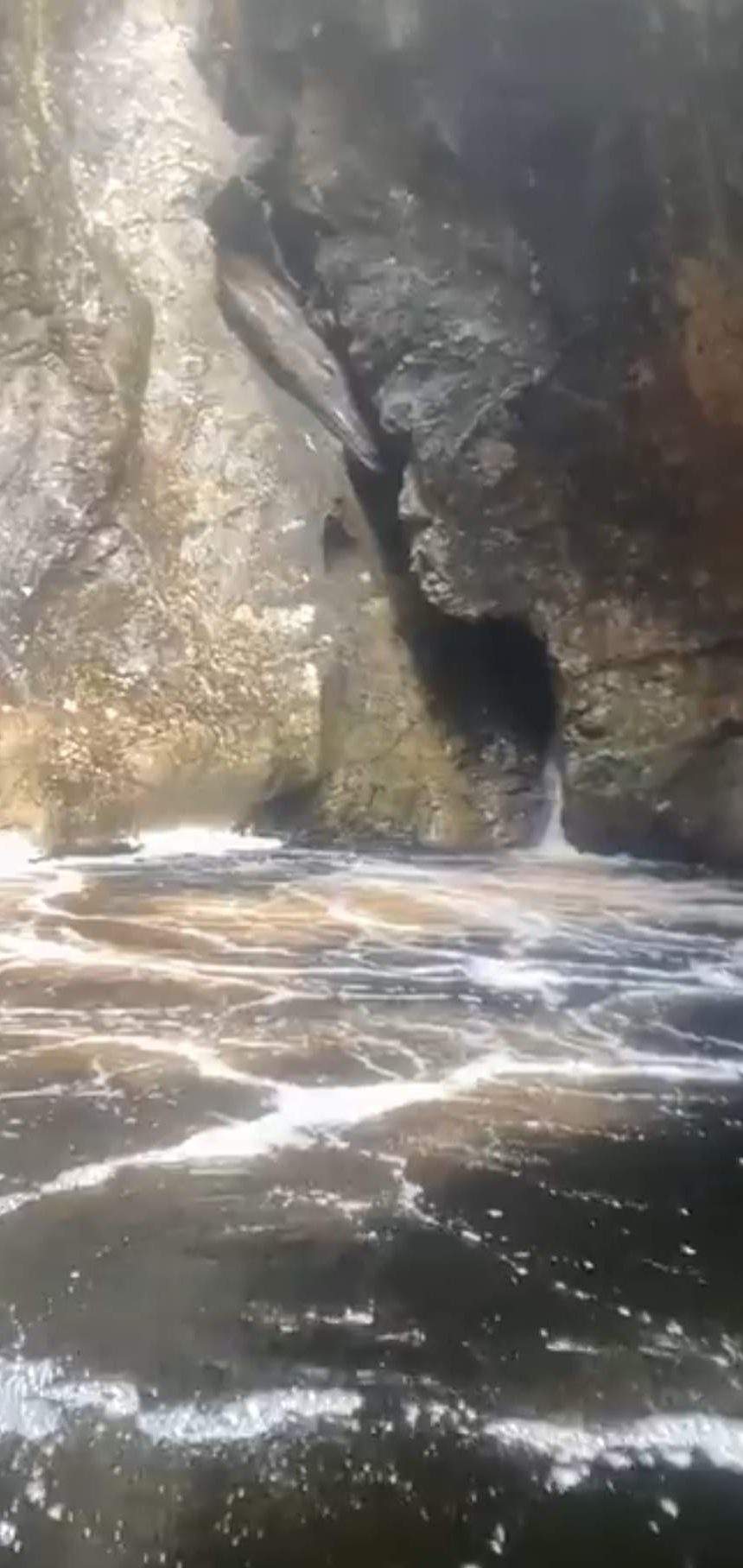
Following the river down to the bottom of the canyon, we got on the exit track. Walking along back to the car, confused as to how on earth guided trips would work in the crazy flow we encountered, we went back to read the trip notes to see if we missed anything, and that's were we found it "the LOWER red line". Was there another red line below the water level that we couldn't see?

The next day we talked to some climbers at Cataract Gorge in Launceston, who confirmed the two red lines, and after some more research we found this picture. The water in this picture was over half a metre less that our attempt, and we were well into the whitewater level of the gauge.
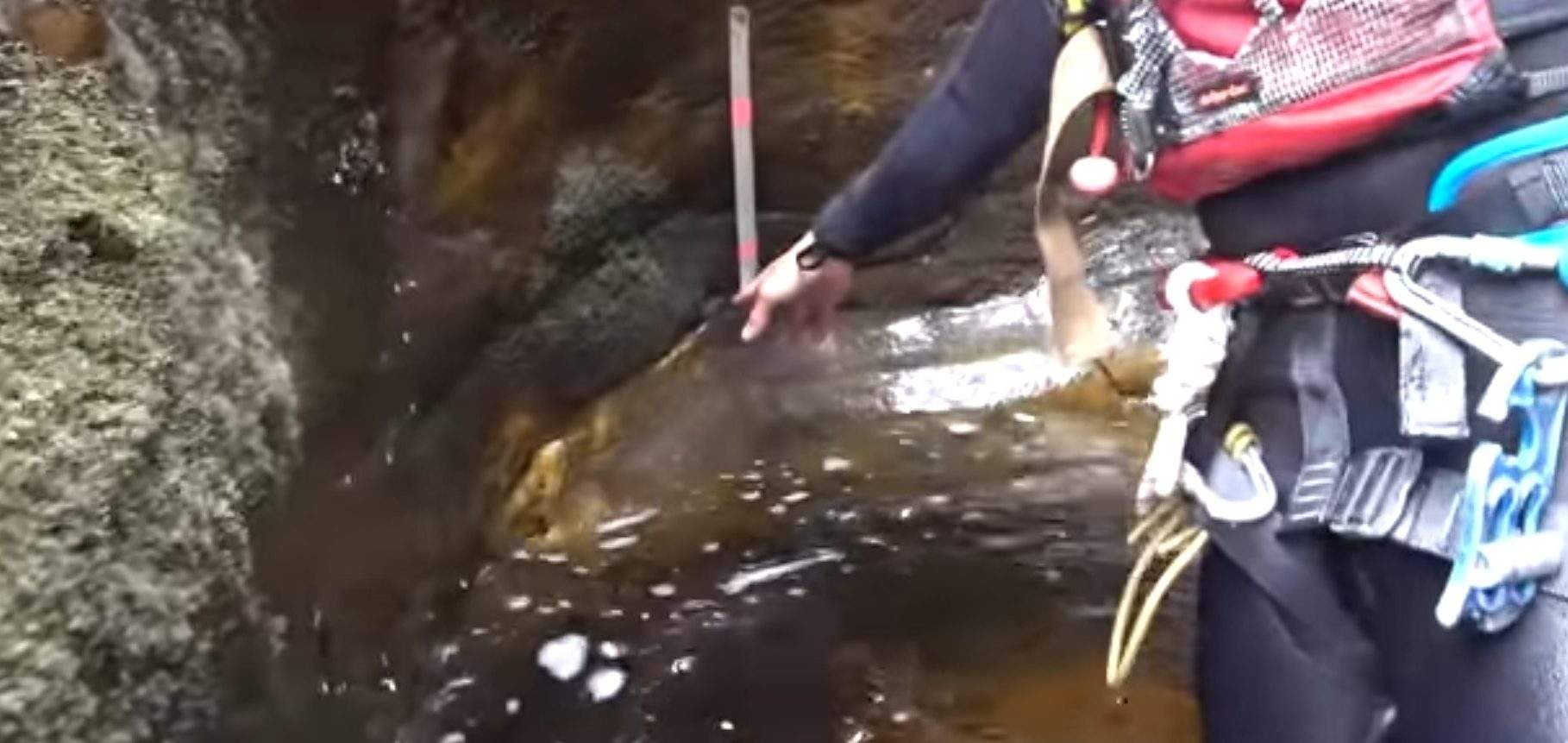
Overall it was an interesting day out, getting us to unexpectedly practice our whitewater skills, find the limits of our wetsuits, and experience one of Tassies best canyons. Next time though, we might check that gauge a little bit closer.



